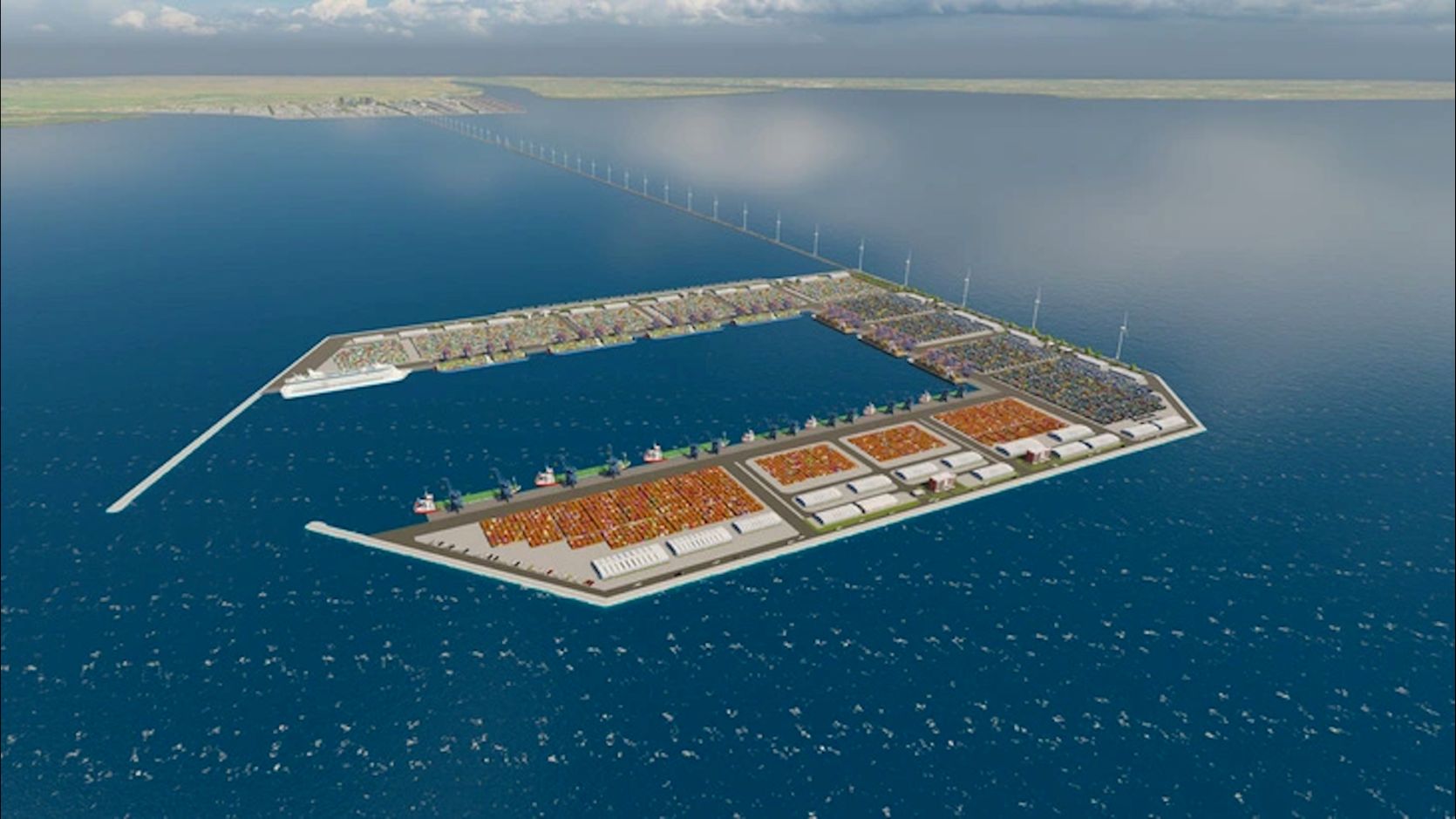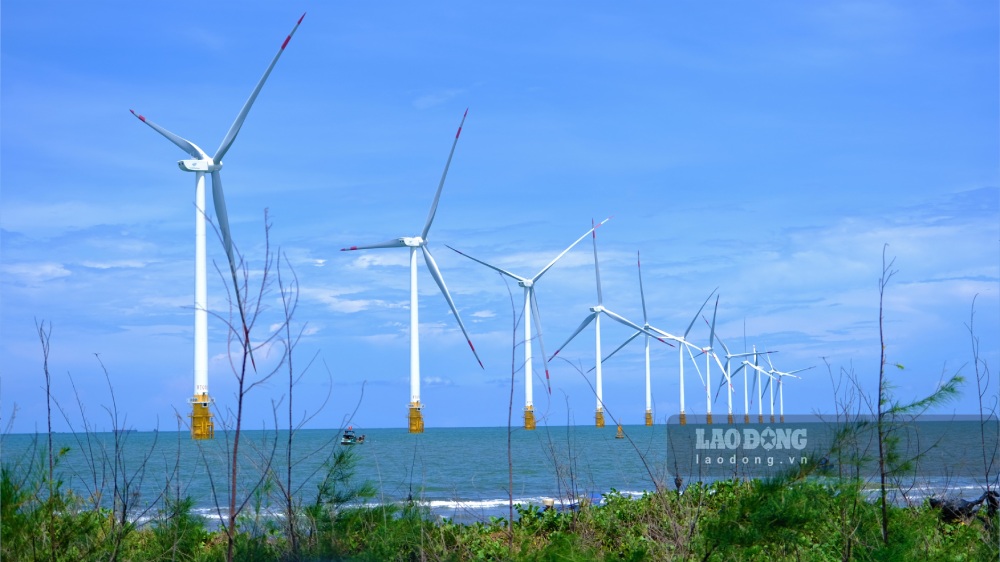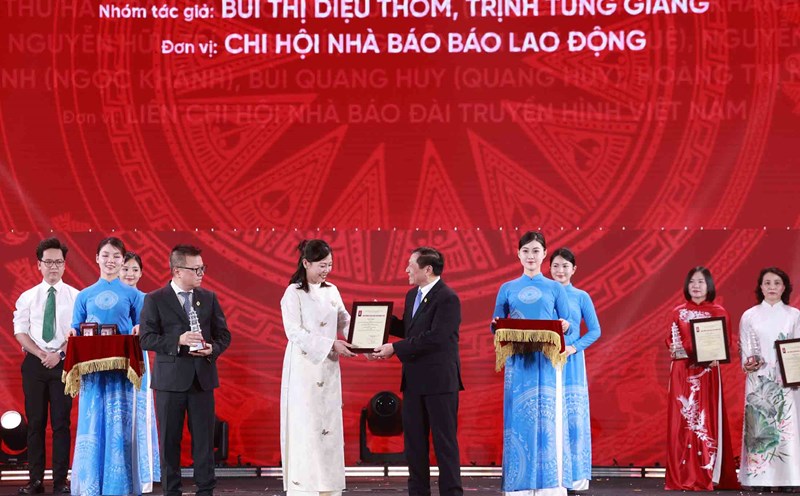Mekong Delta reaches out to the ocean
On June 12, 2025, the National Assembly officially passed a Resolution on the arrangement of provincial-level administrative units. After the arrangement, the whole country has 34 provincial-level administrative units, including 28 provinces and 6 centrally-run cities.
Sharing with Lao Dong, Dr. Tran Khac Tam, Chairman of the Soc Trang Provincial Business Association, commented: "This is not only an administrative restructuring but also a strategic breakthrough to mobilize and use resources more effectively, especially for localities that are still in difficulty but possess great potential".
According to Mr. Tam, the notable point after the merger is the proportion of coastal localities from 44%, increasing to nearly 62% (21/34 provinces and cities). This will facilitate the concentration of resources for the development of large-scale marine economic projects such as: deep-water ports, coastal industrial parks, offshore wind power farms and closer connections between the mainland and the sea.
Mr. Tam cited that after the merger, most of the Mekong Delta provinces will be bordering the sea. The provinces that were previously considered "inner areas" such as Can Tho, An Giang, Dong Thap, Vinh Long, after merging with other provinces, will have a coastline stretching from tens to hundreds of kilometers. Even though Long An is not adjacent to the sea after merging with Tay Ninh, it still has an existing port system, creating a great advantage for logistics and trade development.

For example, Dr. Tam analyzed that Can Tho city will own 72 km of coastline in Soc Trang province after the merger. He said that the door to international trade will be opened, creating many development opportunities for marine economic sectors such as: fishing, aquaculture, renewable energy, marine tourism and coastal industrial parks.
Mr. Tam also said that Tran De deep-water port is currently one of the strategic development focuses of the region. The port is planned to be large-scale, capable of receiving general and container ships up to 100,000 DWT and cargo ships departing up to 160,000 DWT.
"Tran De will become one of the key seaports in the South, sharing pressure with the port clusters of Ho Chi Minh City and Cai Mep - Thi Vai, while directly serving the export of agricultural and aquatic products to the entire Mekong Delta. For a long time, people in this area have had to spend a lot of transportation costs, this logistics problem will be solved when Tran De port comes into operation," said Mr. Tam.
Make the most of new advantages
To make the most of the advantages of the merger, Dr. Tran Khac Tam proposed 5 strategic directions for marine economic development for the Mekong Delta provinces in the coming time.
He said that localities need to develop the fields of aquaculture, fishing and seafood processing. In particular, it is necessary to enhance coordination capacity, forming a closed value chain from exploitation, farming to processing and export.
According to Mr. Tam, combining agriculture and coastal eco-tourism is a potential direction. Many localities have beautiful landscapes, rich in the typical cultural identity of rivers and seas. The transport infrastructure system, especially expressways, has been and is being completed, contributing to creating leverage for tourism development to be stronger.

Mr. Tam said that coastal provinces have attracted many domestic and foreign investors to the wind power and solar power sectors. This potential needs to continue to be exploited more strongly in the coming time to meet energy needs and develop a green economy.
The fact that all Mekong Delta provinces have a sea after the merger is an ideal condition for synchronous development of coastal economic zones; with great potential to become a seaport logistics service center, a logistics center to attract investment in the supply chain. Mr. Tam said that there needs to be a systematic, long-term strategy and strong direction to optimize the efficiency of existing economic zones while planning new zones, attracting investment and creating sustainable growth momentum for the region.











